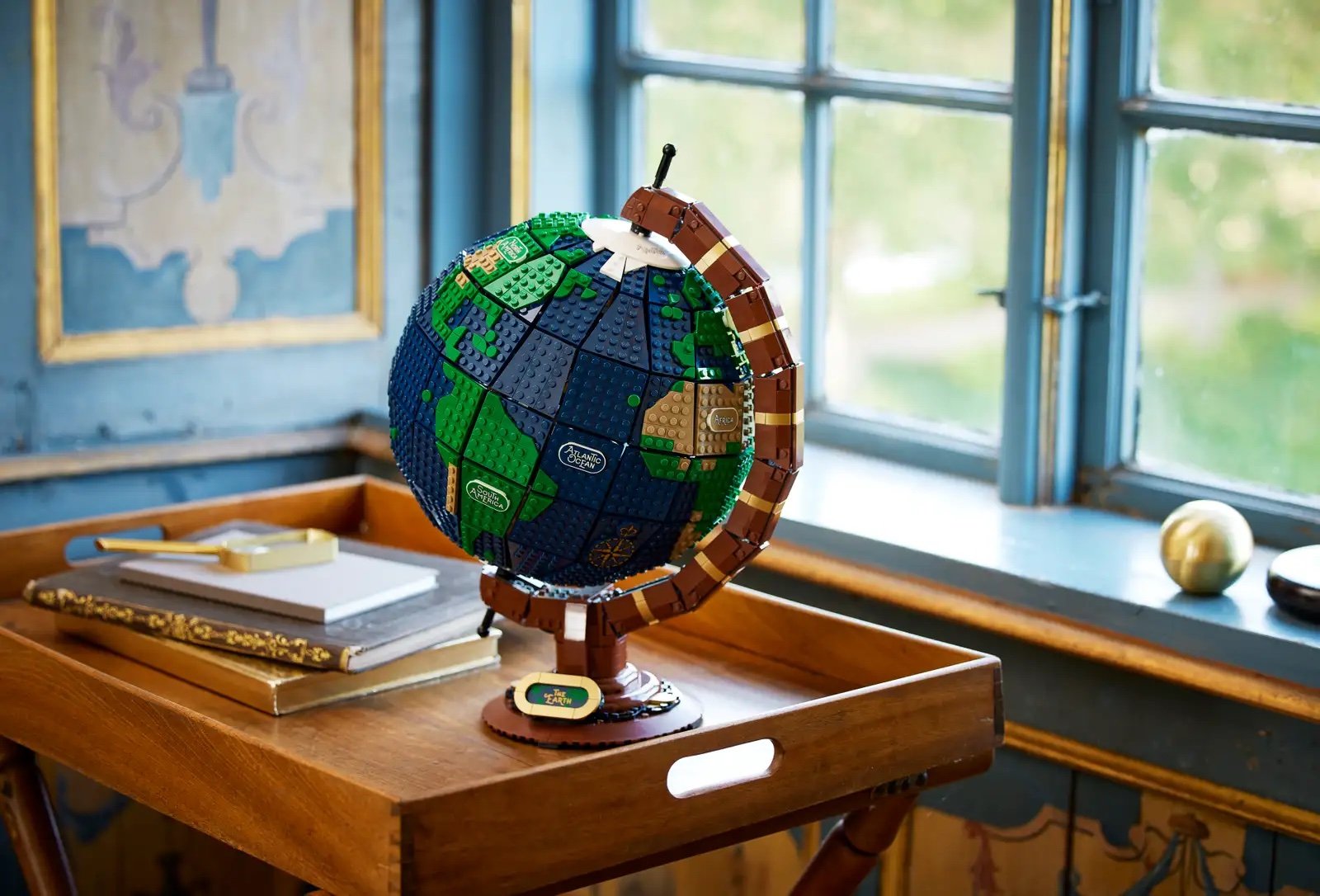Mapping with LEGO
LEGO. Some people may see the brightly colored plastic bricks as just toys, (they are found in the toy aisle, after all,) but they’re much more than that. From video games, educational experiences at NASA’s Kennedy Space Center, and even a full-sized two-seat sportscar that tops out at 12mph, LEGO is far more than just a toy. Imagination is truly the limit, leading me to ask the question “why couldn’t LEGO be a medium for map making?”
Of course, LEGO has answered that themselves, with two of their own sets: World Map (set #31203) and The Globe (set #21332), but what else could be mapped in brick?
I am not a Master Builder, nor do I have millions of plastic bricks at my disposal, but I do have a computer and a copy of LEGO’s BrickLink Studio. BrickLink Studio lets users build models from nearly every brick in the LEGO inventory. For something simple, with the typical blocky look LEGO is known for, the software would be all I’d need.
Not every place would be suitable for a brick-based map; this would be one of those times when form comes before function. A grid-based city such as downtown Manhattan might work well, but might be too dense to be in anything less than a very large map. A subway map, however might be more suitable.
Having lived in the greater DC area before, I was very familiar with the map of the Washington Metro Area Transit Authority. A very stylized design, it featured basic colors and only horizontal, vertical, and 45-degree angles.
A LEGO baseplate is really nothing more than a grid. Photoshop is good at adding grids to images, so overlaying a 128x128 grid on top of the original WMATA map, it’s easy to create a rough plan for the map.
Design
Choosing to work with work with mostly flat tiles, I began to lay out the digital pieces onto a series of white baseplates. The vertical and horizontal segments are simple enough to place, but the 45-degree segments would be more challenging, especially when allowing for the studded plates needed to secure the round station tiles.
I figured out a solution that would also serve to differentiate between the natural landscape and man-made tunnels: the rivers and parks, being natural objects (or as much as anything can be in DC,) would have smooth edges while each metro line, being man-made stuctures, would have jagged edges.
Stations would be either a round 2x2 piece with an inverted white round stud sticking from it or, for the transfer stations, a round 6x6 pice with alternating rows of black and white macaroni tiles and the same round 2x2 as the regular stations.
The I-495 Capital Beltway would be a single stud wide, while the metro would be two studs wide. Borders would be continuous studs for states and alternating studs for counties. Only the state line that parallels the Potomac river would be omitted, too small on the reference map to successfully copy over.
Is the map perfect? No. Some “creative” choices always have to be made when reinterpreting real objects in brick-form. But I think it’s close enough to the original that anyone can recognize it for what it is. Not bad for a kid’s toy.
And it turns out that I’m not alone in this. At some point, after finishing “building” the map and working on the renders, I learned LEGO themselves did something similar years prior, marking the 150th anniversary of the London Underground with a LEGO themed Tube map of their own.
There’s some similarities between their map and mine, obvious considering the medium, but also some differences. They went for a more stud-focused approach, while mine is more flat-tiled, for instance. They also took the time to make labels for each station, something that makes the map significantly more useful. Perhaps, once I figure out how to do custom decals in BrickLink Studio, I’ll do the same.
Until then, I’ll continue to think about the future of mapping with LEGO. They may not be the most practical maps, but they’re fun.
LEGO® is a trademark of the LEGO Group of companies which does not sponsor, authorize or endorse this site.









